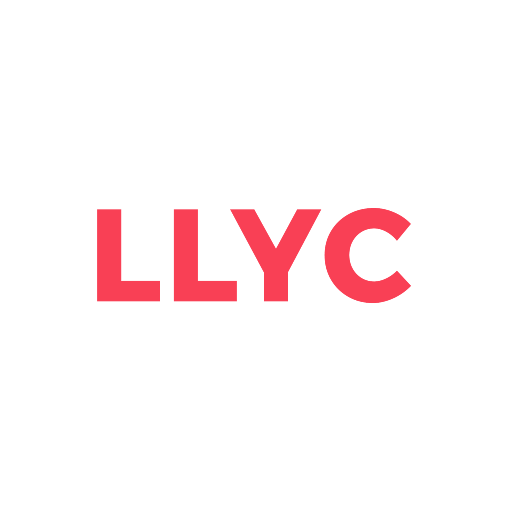LLYC 04 Jan 2017 // 6:40PM GMT

There is a true revolution in communication and the relationships that are built between consumers and brands in the marketing field. Especially regarding the working perspective, it is paramount that we understand the importance of the awareness of territories, the need for immediacy and an approach on communities rather than large audiences.
At this point, the evolution of conversations with customers and the storytelling cores, set trends that have been identified as the most important and represent the challenge we will be facing in the upcoming twelve months.
The use of storytelling as a marketing communication technique– specifically regarding of transmedia storytelling–must turn into stories that are told and backed by story doing. The people who build these stories and how they do it, has to evolve too (Brand Youtubers, general fandom and an increased use of a transmedia communication of Brand PR).
All of this should be framed in a saturated environment. There are several trends in which the consumer appreciate a return to brand-related experiences with a strong physical component, but now combined with the digital media. These trends compose the start of the so called phygital era.
One great example of the use of storytelling techniques is the Mexican-american Chipotle restaurant franchise that has become one of the great fallen giants of storytelling. Brands have to start creating their stories beyond just telling them.
However, the key to the new way of communication is the before mentioned transmedia Brand PR. This is based on the construction of mutually beneficial relationships between brands and their consumers through communication.
It is a practice that clearly differs from typical advertising or marketing. There is no direct retribution in the generation of that communication, relying on information, experiences and content of value generated towards that final audience.
This way of establishing relations evidences that the communication between the brands and their consumers is becoming increasingly sophisticated and multi-factorial. The old paradigms no longer stand. At least not under the same structure they were based until now.
In other words, we can say that brands are increasingly experienced live and, in a world where immediacy is everything and “live the moment” has become the mantra of communities, those experiences become paramount of success. Live videos are fashionable and trends shuch as these will continue to increase, companies must adapt to these changes.
Whilst Twitter purchased Periscope to add value to the immediacy of its platform and Snapchat championed quick videos, Facebook did not want to be left behind. After acquiring Instagram, the social network par excellence has joined this new trend with the FacebookLive tool. This allows users to watch and broadcast live videos. Facebook also created Instagram Stories, a new function where users can send photographs that will expire after seconds, in addition to allowing live videos.
Being live will force brands to adopt an almost instantaneous commitment to their consumers, offering quick, effective and responsible accountability to the audiences. Live videos will promote immediacy and users will demand more transparency. Companies must develop a greater ability to react to the needs of each community.
At this point, platforms such as Youtube and Wikipedia have contributed to the democratization of the expansion of the current transmedia stories through the institutionalization of the participatory culture.
We have moved from the era of transmedia to that of deep media. Now it is paramount that we encourage fans to complete this story. This involves a loss of control but it is also the only opportunity to stand out in a saturated environment.
The communication between brands and consumers is evolving into a “one to one” communication and brands will have to speak to their audiences through platforms like Whatsapp or Facebook Messenger in an intimate and personalized manner rather than launching a general message that may get lost. The secret is the way they are used. The geolocation of the messaging apps will allow brands to send messages with offers or new products to specific groups depending on their geographic area or proximity to a store.
Thus, the challenge will be to find a way into this space where the audience already feels comfortable and where brands can speak with direct messages–personalized and relevant.
Today’s consumers have almost become consumers of experiences more than products and these experiences, especially communication related ones, require the coexistence of digital and physical environments; establishing the era of the phygital experience. That’s the challenge of the new communication.
*Summary of the article by David G. Natal Consumer Engagement Director at LLORENTE & CUENCA Spain. Available at Developing Ideas.


































.jpg)














